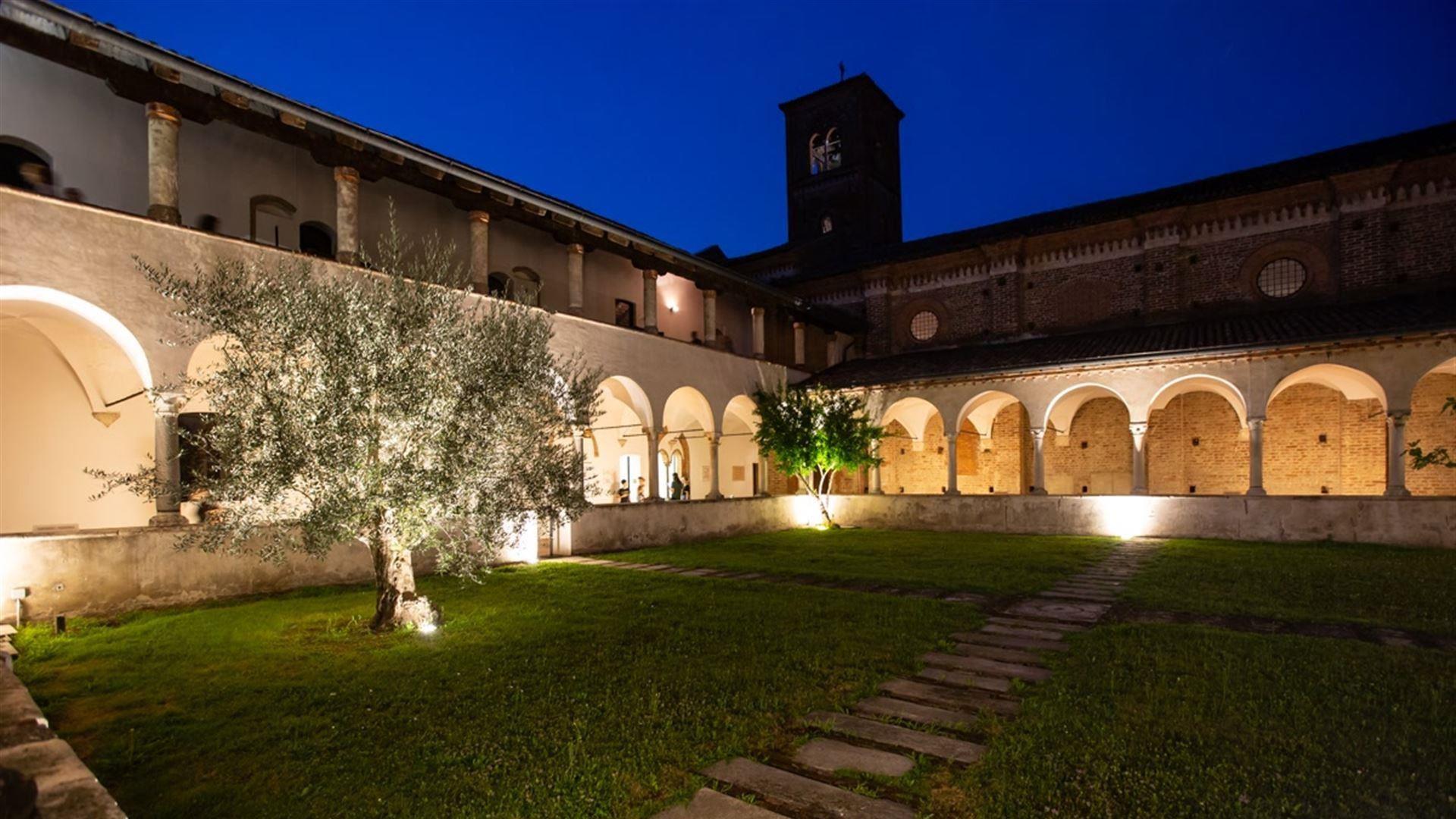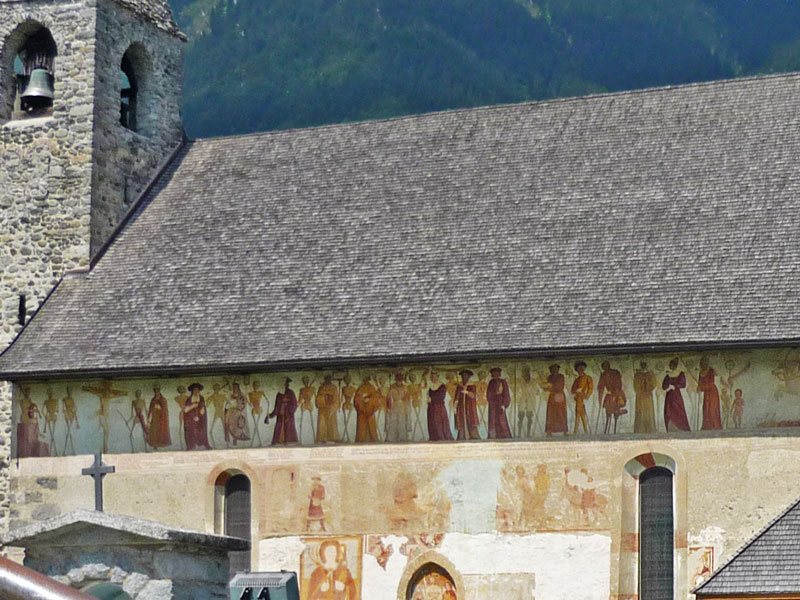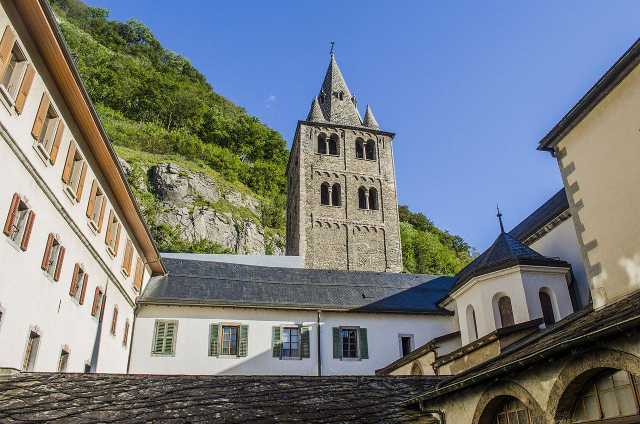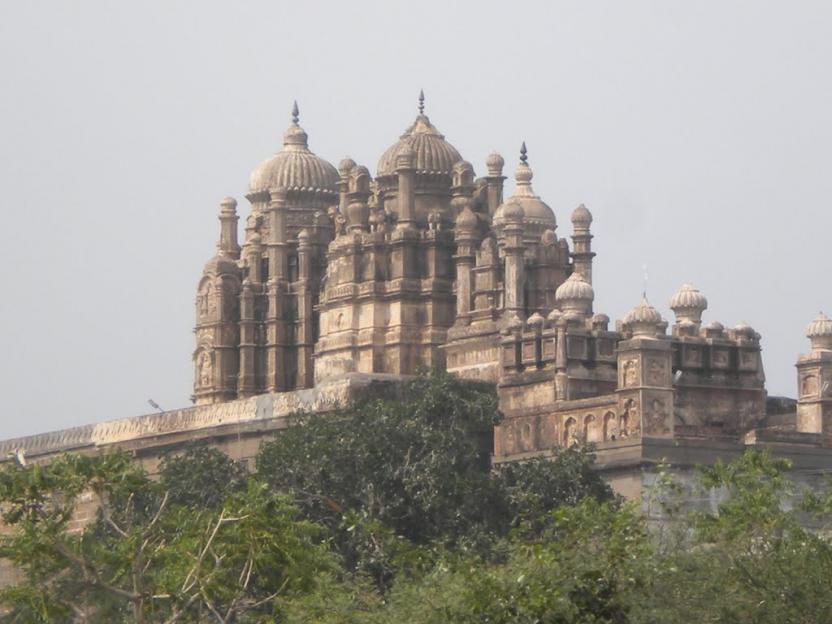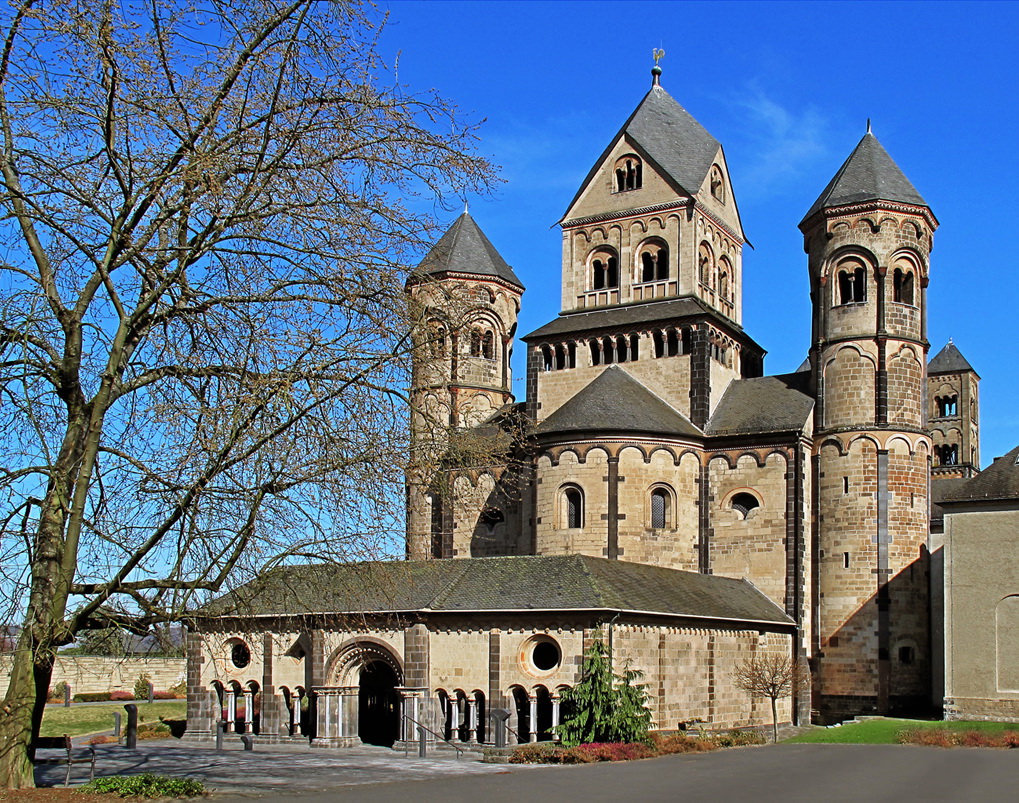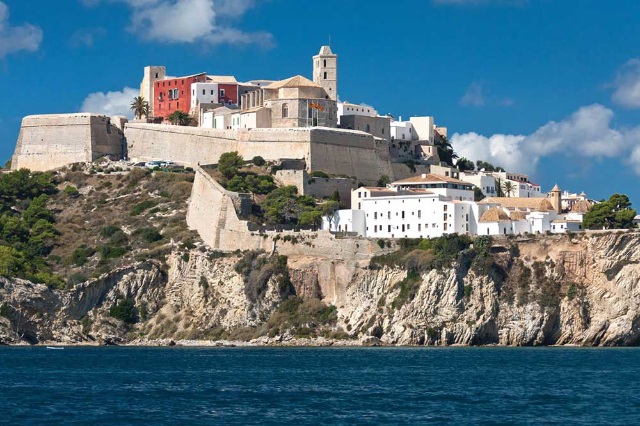Mirasole is an abbey dating back to the first half of the 13th century, located near Milan, in the town of the same name in the municipality of Opera. Founded in the early 1200s, Mirasole Abbey was one of the most authoritative monastic structures of the Order of the Humiliated Friars. Inhabited by a mixed community of monks and nuns, it specialized in wool processing, becoming the largest producer of felt in the area, and distinguished itself for more than five centuries for its works of charity and assistance. The complex is articulated around a courtyard; the entrance is surmounted by a thirteenth-century tower overlooked by the workshops and agricultural buildings, the cloister and the church dedicated to Santa Maria Assunta (XIV century). Inside there is a chapel dedicated to the Nativity of the Virgin (1575-76). Carlo Borromeo suppressed the order in 1569 and donated the monastic complex to the Collegio Elvetico, which held possession of it until Mirasole was ceded in 1797 by Napoleon Bonaparte to the Ospedale Maggiore of Milan, as a reward for the care given to its soldiers.
The building looks like a traditional Lombard farmhouse with a courtyard, with the east entrance characterized by a tower. The courtyard is overlooked by residential and service buildings, as well as the 15th century church.
The church, dedicated to S. Maria Assunta, has a gabled façade and a single hall, with a straight apse frescoed in the second half of the 15th century. The pictorial decoration has as subject the Assumption of the Virgin and the Holy Trinity who is about to crown the Virgin.
On the cross vault there are the four Evangelists. A chapel was opened on the right wall of the church by Monsignor Marco Lanetta, who managed Mirasole in the years 1575-1576.
